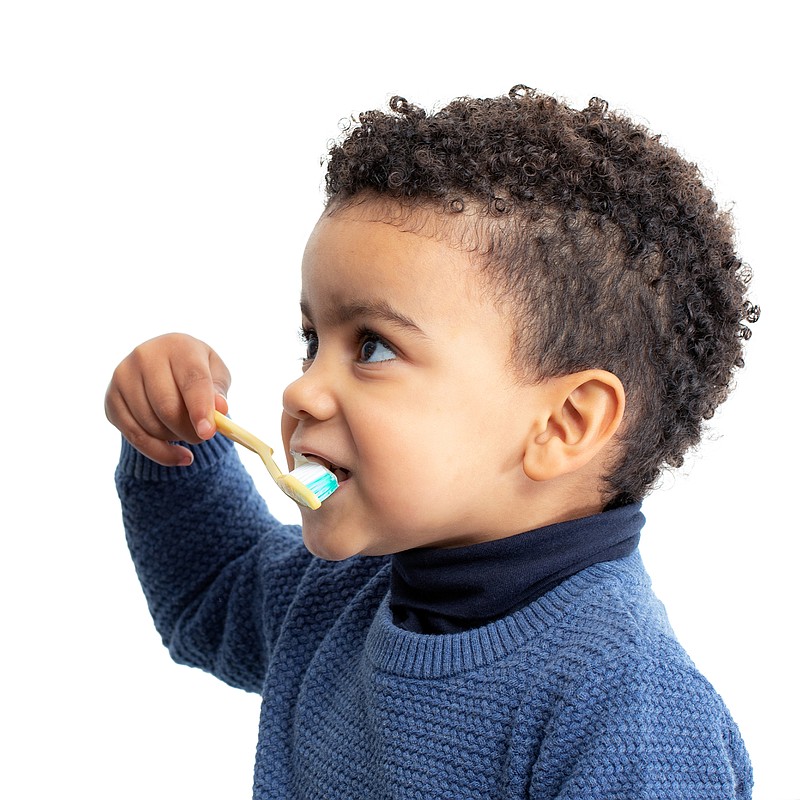Q. Teaching my 3-year-old how to brush her own teeth is difficult - and messy. What can I do to make this easier?
A. It can take time, and, yes, it can be quite messy, but children eventually do master brushing their teeth for themselves. Be patient and try the following practical suggestions to help make brushing more successful and fun - and eventually a matter of routine for your child.
Start early: Hopefully, you started early with your child. No teeth yet? No problem. Simply going through the motions by regularly brushing and cleaning gums still serves a very useful purpose in getting your child used to brushing.
Brush often: While we focus a lot on bedtime brushing, technically speaking, your goal of brushing teeth is to clean food off them, and the sooner the better. Yet few adults we know make a regular habit of brushing their teeth throughout the day. If you start having your child brush after meals early in life, you stand a much better chance of creating a lasting habit.
Sing, sing a song: Or set a timer. Or come up with some other creative way to keep your child engaged in the act of brushing teeth for the recommended two minutes, or for at least as long as it takes to make sure your efforts and your child's leave them clean. Some toothbrushes light up or play music for the amount of time a child should keep brushing, preventing children from being fooled into thinking that they've brushed long enough.
Appeal to taste: If Cinderella, the Cat in the Hat, a race car or an electric toothbrush similar to yours has better prospects of winning your child over than you do, then please oblige. Feel free to indulge their tastes by letting them choose toothbrushes and toothpaste they can really get excited about. Many flavored toothpastes taste great and make it fun to brush.
Hands off: Right around the age when you're likely to start brushing, your child is likely to start grabbing. By giving them a soft-bristled brush (or two) of their own to have and to hold, you will be able to avoid a fight over yours - leaving you well-equipped to get the job done. Sure, it may take three toothbrushes instead of one, but it's a small price to pay for a routine that really works.
Go where no child has gone before: We suggest you pay particular heed (and direct your child's attention) to those teeth that are most likely to be neglected. While you're helping them brush, describe what you're doing in terms they can relate to by pointing out their "biting" teeth (the chewing surfaces), their "smile teeth" (you guessed it - right in the front), and the tricky teeth in the back. Your goal: to teach your child to leave no plaque alone.
How much? All children can benefit from fluoride, but it's important to use the right amount of toothpaste. Current recommendations advise using a smear of fluoride toothpaste (or an amount about the size of a grain of rice) for children younger than age 3 and a pea-sized amount for children age 3-6. Because the fluoride found in toothpaste is clearly meant to be swished but not swallowed, make sure to help or watch your child while brushing. When they are old enough, tell them to spit out the toothpaste after brushing.
Oral health starts early, and all children need access to a dentist for regular care. See your child's dentist by the first birthday or within six months of the first tooth. At this first visit, your dentist can easily check your child's teeth and determine the frequency of future dental checkups and can offer other tips for easier brushing.

